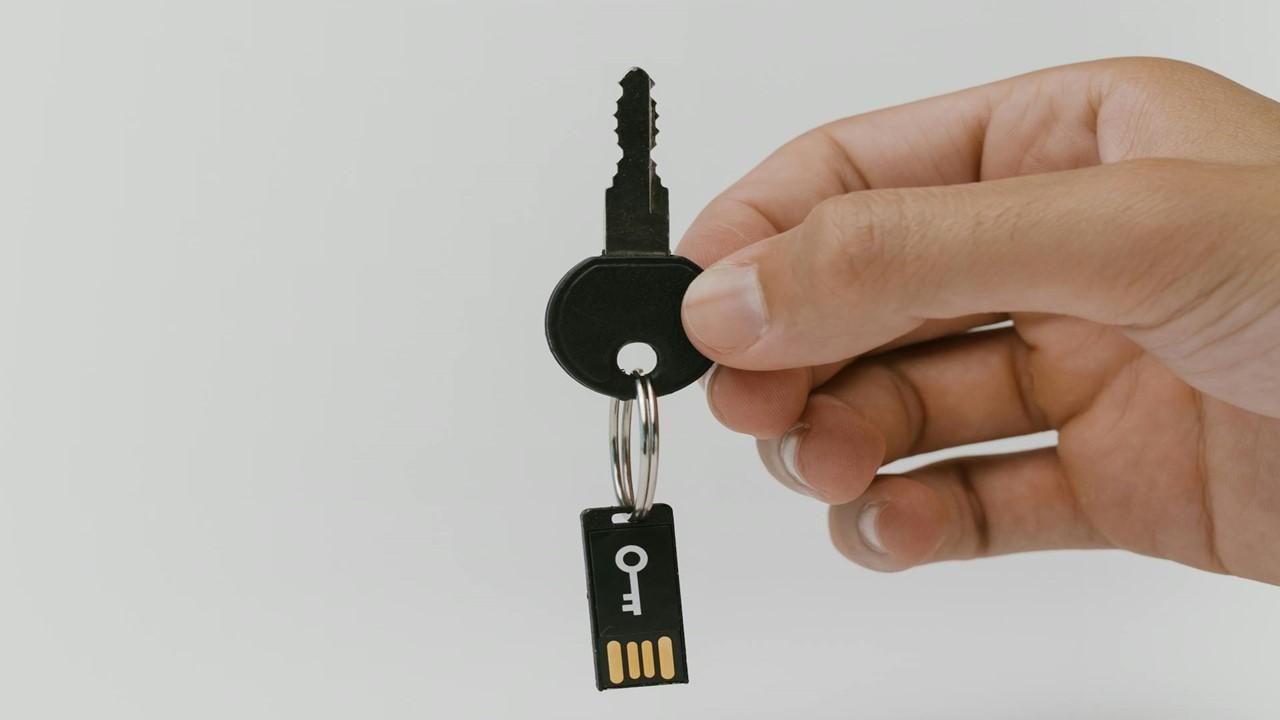
September 24, 2024
One could say that cybersecurity is not anymore, an added luxury – it has become a necessity. Due to the increase in cyber criminals, from hackers to those who seek to gain unauthorized access to data and even organizations to implement ransomware, there is a need to safeguard the personal and Company Affair assets. The general guidelines in cybersecurity can help to reduce the threat and keep secure data away from the wrong hands.
- Use Strong, Unique Passwords
One of the easiest yet the most effective is to try not to use the same password for every account. A strong password often combines alphabets both in lower and upper cases, numerals and other characters. Do not use simple to guess data such as dates of birth or basic readable words.
If you need to have several accounts, it makes sense to use a password manager. They can create and save secure and sophisticated passwords for you without the hustle of memorization all in a bid to protect your credentials.
- Enable Multi-Factor Authentication (MFA)
Multi-Factor Authentication (MFA) is an addition to the traditional password by confirming and verifying the identity of a user with at least two factors. If after some time, a hackerManaged to crack the username and password of the account, he will still not be able to gain access to the account, unless he enters the second form of authentication that is usually a code sent to the phone.
MFA should be on for all accounts that allow for it most especially when the account concerns issues such as email, banking, and social accounts.
- Keep Software Updated
Outdated operating systems are widely used by hackers because they leave systems open to attacks. Sometimes, it may be your operating system, your antivirus, or a third-party program, it is highly advisable to always update that. Most of these updates consist of fixes for newly found security flaws that may exist in the prior release of the software. Most operating systems allow you to set up to update themselves, and therefore to be always running the most recent secure versions.
- Secure Your Network
It is important therefore to protect your home or office network to avoid compromise of your data. A proper password for Wi-Fi network or Google WiFi provisioner should be different from the default router settings. Make sure that wireless protection is on as should be WPA3 because it is the highest wireless protection standard.
Another step is to use a Virtual Private Network, commonly referred to as VPN to extend the layer of protection. VPN helps protect your connection because hackers cannot easily collect information from your internet connection, especially when you are using public internet access.
- Be Aware of Phishing Attacks
Phishing attacks are one of the most common and effective forms of cyberattacks. It abuses the trust of users and makes them send private details of themselves to the imposter. These attacks are mostly carried through emails and message links or attachments.
Never click on any link attached to the email or download any files without confirming the identity of the sender. Be especially careful with spelling, the source of the received link and other characteristics of phishing. If unsure, always use other contact details provided to get further communication from the sender.
- Regularly Backup Data
Even if your computer networks are well protected against intrusions, malware, spam, viruses, and hackers, then there are other factors that may lead to loss of data. Performing regular data backups makes it possible for an organization to work on some crucial information even if the systems have been affected.
To maximize the benefits of backups, one should backup in both – cloud and physical copy. Subscriptions can be set for cloud backup which is less time consuming but one has to ensure they are up to date and physical backups are the best type of backup.
- Limit Access and Use Least Privilege
In organizational settings, limiting who has access to certain files or systems is crucial. Only the extent of information required to complete a specific task by the concerned employee should be provided to him or her, this concept is referred to as ‘principle of least privilege’. This helps to reduce internal threats and ensures malware does not penetrate throughout the company’s network.
Use the role-based access control (RBAC) and review the privileges constantly to avoid a situation when users have access to more than necessary.
- Implement a Firewall
Firewall is therefore a shield between your network and potential threats from the internet. It scans incoming and outgoing traffic in relation to defined security policies and prevents any unauthorized connection. There are two categories of firewalls – hardware and software, and most operating systems today come with firewall software that can be easily enabled.
The firewall should also be configured sharply and always updated when new security features come up.
- Educate Yourself and Your Team
Cybersecurity is not something that should be handled by the IT department alone; people should educate themselves. Giving yourself and your team knowledge about what threats are out there and what you can do to prevent a cyber-attack is a major way to prevent one.
Training employees on issues of phishing, malware, and other cybersecurity threats can help create awareness in case of an attack.
- Monitor for Suspicious Activity
Last but not the least; there is always the need for active monitoring. Employ intrusion detection systems (IDS) and intrusion prevention systems (IPS) to ensure your network or system is checked for any possible intrusions or attempts at intrusion. Further, make daily or at least weekly checks to logs searching for any traces of unauthorized access or data leak.
There is also the option to set account alerts for personal use wherever possible. Some services provide message alerts if there are some attempts of unauthorized logins, or occurrence of some shady operations.
Conclusion
So, cybersecurity is a work in progress, which indicates that people should be persistent and alert to any new and developing threats. Adopting the above best practices will help lose and prevent cyber-attacks hence reducing those arising from negligence or lack of proper knowledge. The importance is to be aware and paying attention to the news, updating your security settings often, and do not allow your guard to go down in the digital world.





